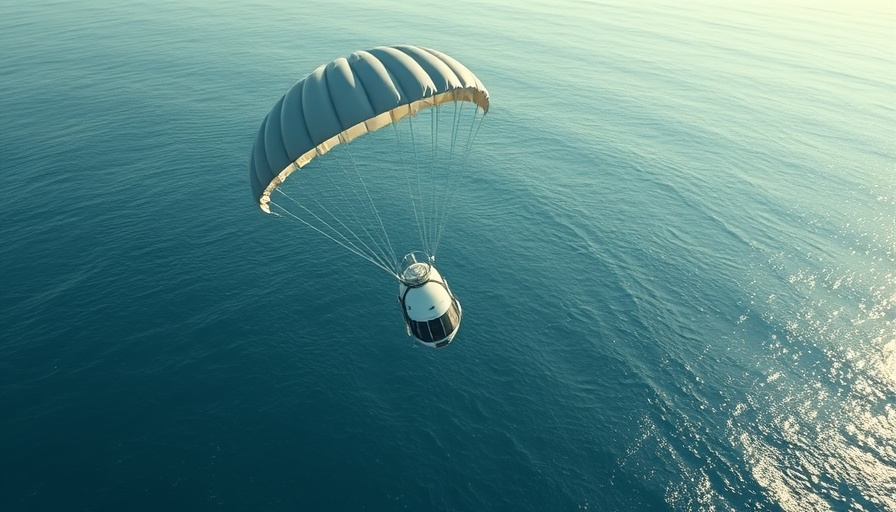
Journey to the Poles: Innovative Space Tourism Experience
On April 4, 2025, the world witnessed a remarkable event in the realm of space tourism as four daring adventurers returned from a private flight that circumnavigated both the North and South Poles. This momentous occasion marked the first human spaceflight to orbit the Earth above these frigid regions and culminated in a successful Pacific splashdown.
New Horizons in Space Exploration
Chartered by Bitcoin investor Chun Wang, the trip lasted 3.5 days aboard a SpaceX Dragon capsule specially designed with a dome-shaped window, offering breathtaking 360-degree views of the Earth's polar caps. Wang, now a Maltese citizen of Chinese origin, invited three diverse companions for this extraordinary expedition: Jannicke Mikkelsen, a Norwegian filmmaker; Rabea Rogge, a German robotics researcher; and Eric Philips, an Australian polar guide. Wang has not disclosed the cost of this adventurous journey, leaving us to ponder the financial implications of such private space ventures.
A Unique Perspective: Documenting the Unseen
The voyage, dubbed Fram2 in homage to the Norwegian ship that initially explored these regions, included scientific endeavors as well as leisure. The crew were the first to conduct medical X-rays in space, alongside two dozen other scientific experiments designed to advance our understanding of space travel's effects on the human body. Rogge shared, "It is so epic because it is another kind of desert, so it just goes on and on and on all the way," as they admired the stark beauty of the polar landscapes from orbit.
Understanding Space Motion Sickness
Despite the awe-inspiring sights, the experience was not without its challenges. All four astronauts experienced space motion sickness shortly after entering orbit, a common occurrence for many first-time flyers. Fortunately, they quickly adjusted and were able to enjoy the view from the South Pole, finding the initial discomfort to be a minor hurdle.
Implications for Future Space Tourism
As technology evolves and access to space increases, the implications of private ventures like this expedition could reshape our understanding of exploration, tourism, and scientific research. Private entities are not only adopting spaceflight for leisure but are also expanding its applications toward scientific advancement. This blending of adventure and research opens new avenues for collaboration between private companies and scientific institutions.
Looking Ahead: Could More Expeditions Follow?
With the successful return of these space tourists, one cannot help but wonder what the future holds for the space tourism industry. Will more individuals have the opportunity to experience firsthand the awe and wonder of space? How will this affect public interest in space exploration? It's clear that with each successful mission, the dream of accessible space travel moves a step closer to reality.
As we look to future endeavors in space tourism, it’s crucial to consider not only the technological advancements that make these journeys possible but also the ethical implications of making space travel a commercial enterprise. The unmanned and direct impact of human activities on delicate polar ecosystems may become essential topics for future discussions within the growing space exploration community.
 Add Row
Add Row  Add
Add 




Write A Comment